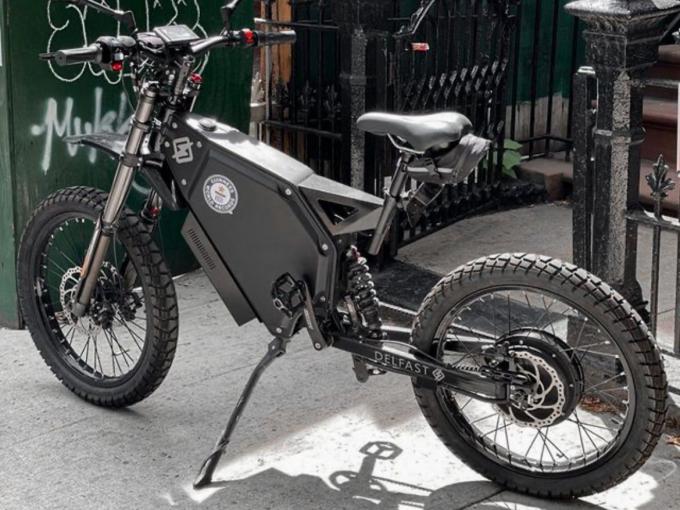
At Delfast we believe in a bright, green, carbon-neutral transportation future that is powered by clean technology and renewable ingenuity. With that end in mind, we created the world’s longest-range e-bike powered by a lithium-ion battery. The Top 3.0i will reliably get you where you need to go. Now, more than ever, it’s important to understand the technology behind the current iteration of the eBike battery.
The battery is one of the vital components of an electric bike. Whether your eBike has a pedal-assist mode, a throttle, or a combination of the two the battery provides the energy to power the electric motor of the vehicle. There are several types of batteries that have been used through the years :
The electric characteristics of e-powered devices can be described by three basic parameters:
The above basic parameters do not completely characterize the performance of a battery. Therefore, we usually use two additional parameters:
Multiple factors can impact a battery’s life and performance. Proper care for a battery, based on its inherent qualities, will ensure long and safe use. The type of terrain, inclination, riding style, tire pressure and various other factors all play a role in life and range. Avoiding direct blows to the battery, and always handling it with care when you remove or mount it can help preserve longevity. Keep your battery charged even if you don’t plan on using your electric bike for long periods of time. Attempt to avoid extremes when possible. Do not charge your battery in freezing temperatures and avoid overheating it during hot summer days. For more detailed information on taking proper care of your eBike battery read our battery maintenance guide.
For more articles about eBike maintenance subscribe to the Delfast newsletter. Stay tuned for more great content!